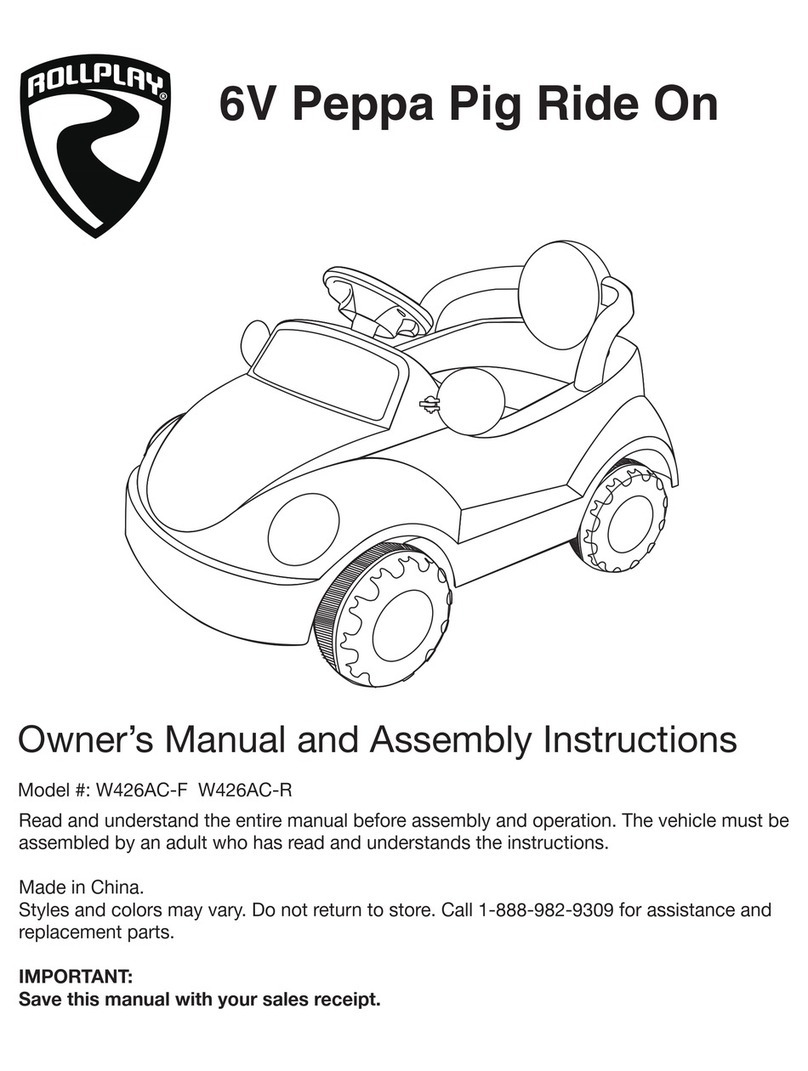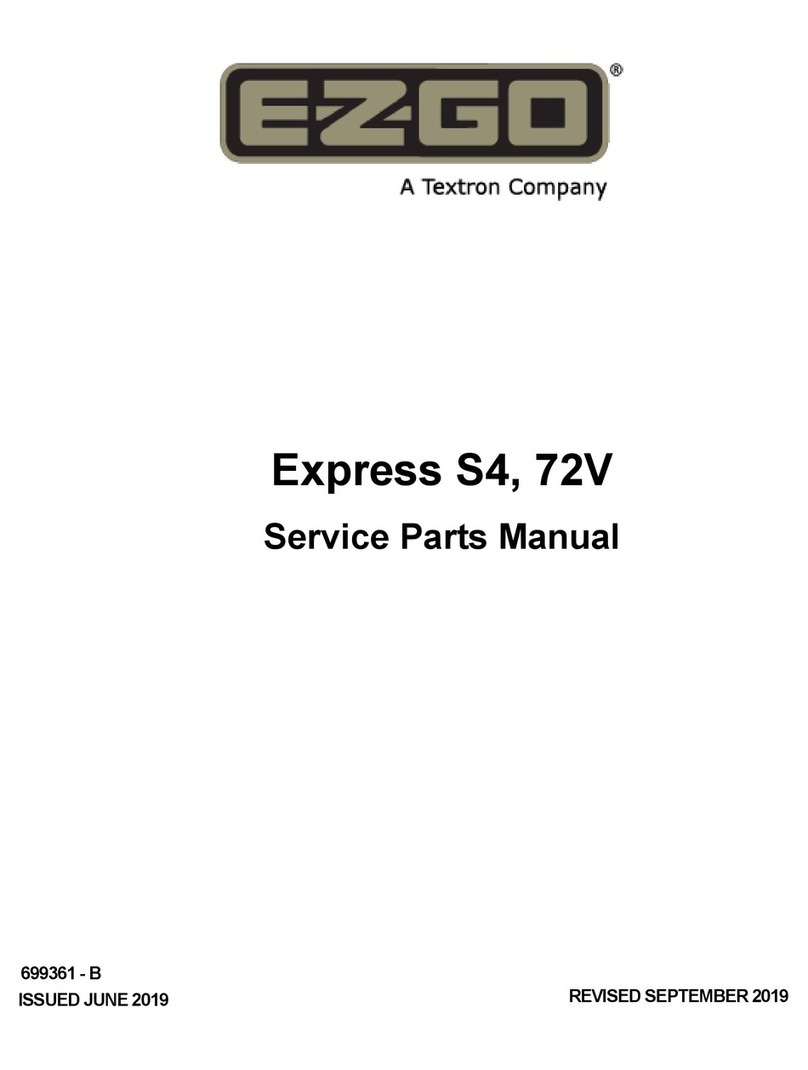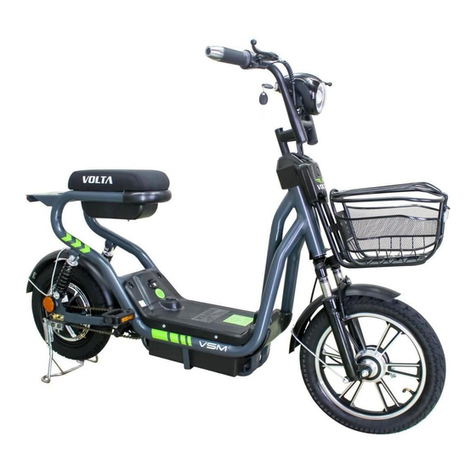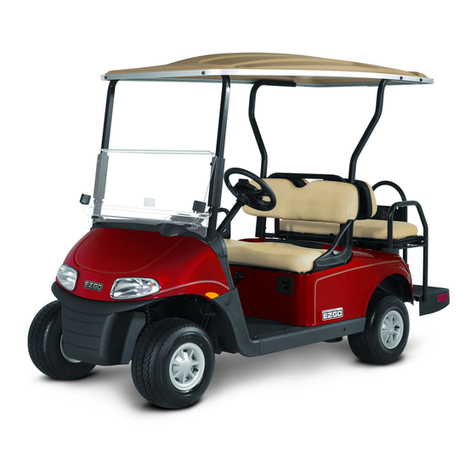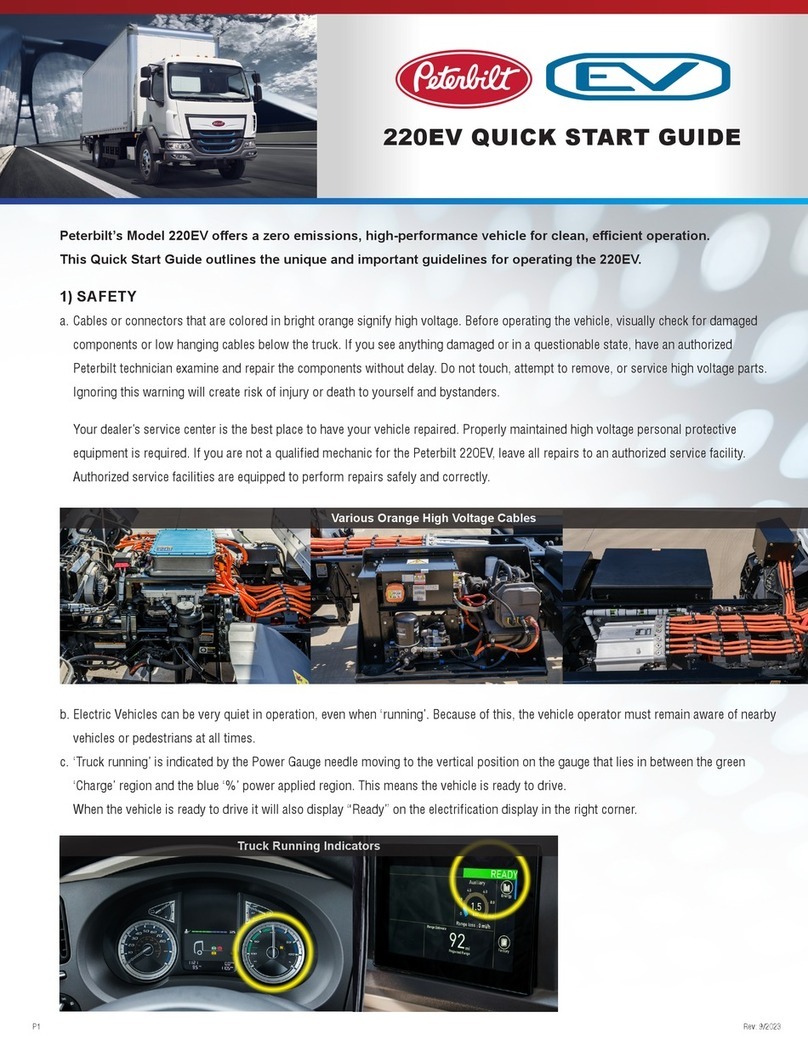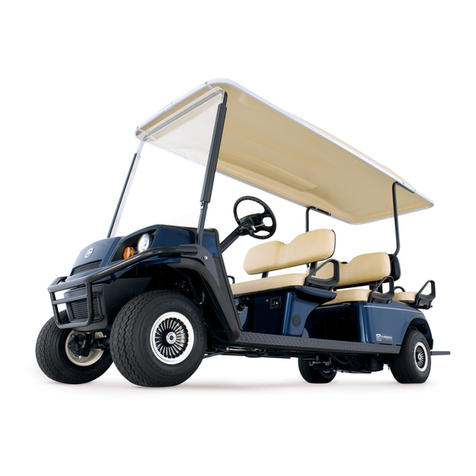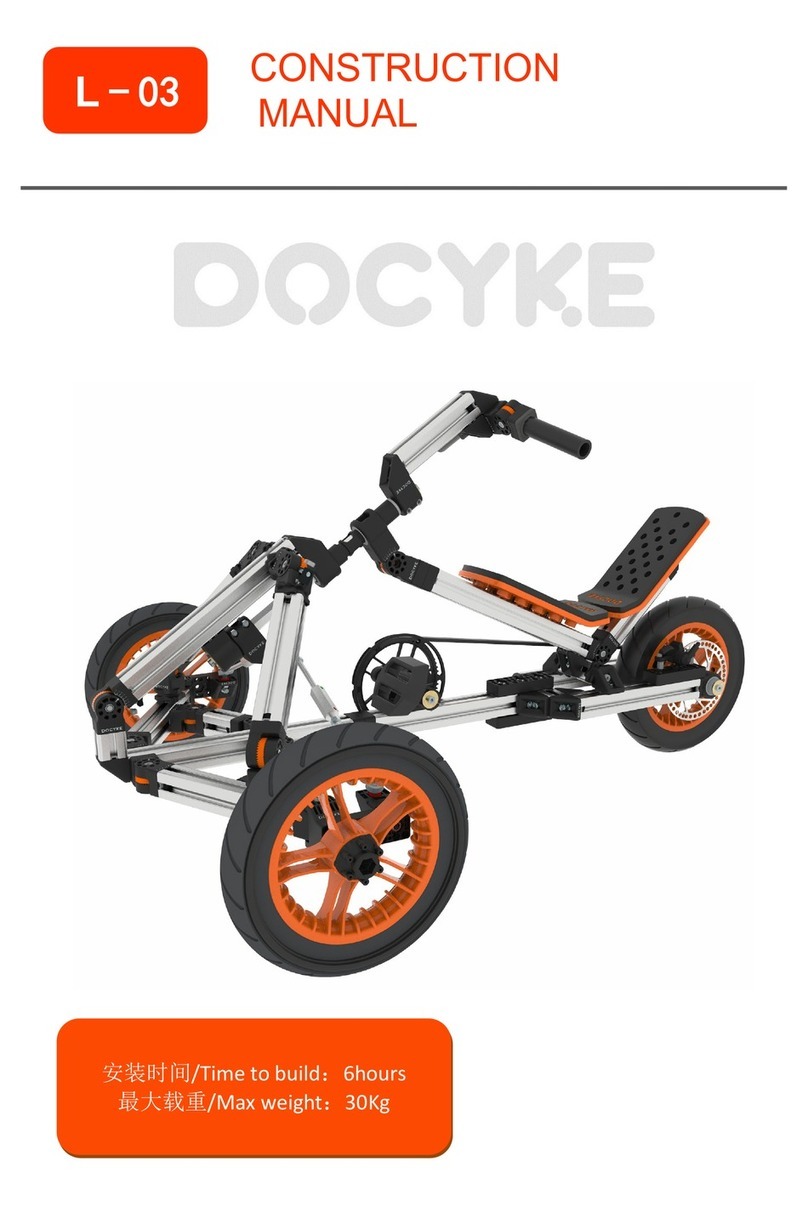
TABLE OF CONTENTS
TABLE OF CONTENTS............................................................................. 3
INTRODUCTION ........................................................................................ 5
READ THIS OWNER’S MANUAL.......................................................................................... 5
PRODUCT IDENTIFICATION NUMBER (PIN)........................................................................ 5
DEFINTIONS................................................................................................ 6
SAFETY......................................................................................................... 6
SAFETY LABELS ................................................................................................................ 6
GENERAL SAFETY.............................................................................................................. 8
FEATURES, CONTROLS, AND OPERATION .................................... 14
CONTROL CENTER .......................................................................................................... 14
IGNITION......................................................................................................................... 15
BATTERY METER ............................................................................................................. 22
SWITCHES ....................................................................................................................... 23
ELECTRICAL.................................................................................................................... 24
PARKING BRAKE.............................................................................................................. 24
DIRECTION SELECTION .................................................................................................... 25
SEATING.......................................................................................................................... 26
REAR FACING PASSENGER SEATS..................................................................................... 26
TILT STEERING ................................................................................................................ 27
HAULING CARGO............................................................................................................. 28
FLIP DOWN CARGO AREA................................................................................................. 29
MAINTENANCE........................................................................................ 30
SEVERE USE DEFINITION.................................................................................................. 30
ENVY LUBRICATION AND FLUID CHART.......................................................................... 31
PERIODIC MAINTENANCE SCHEDULE ............................................................................... 31
FUSE AND RELAYS........................................................................................................... 33

